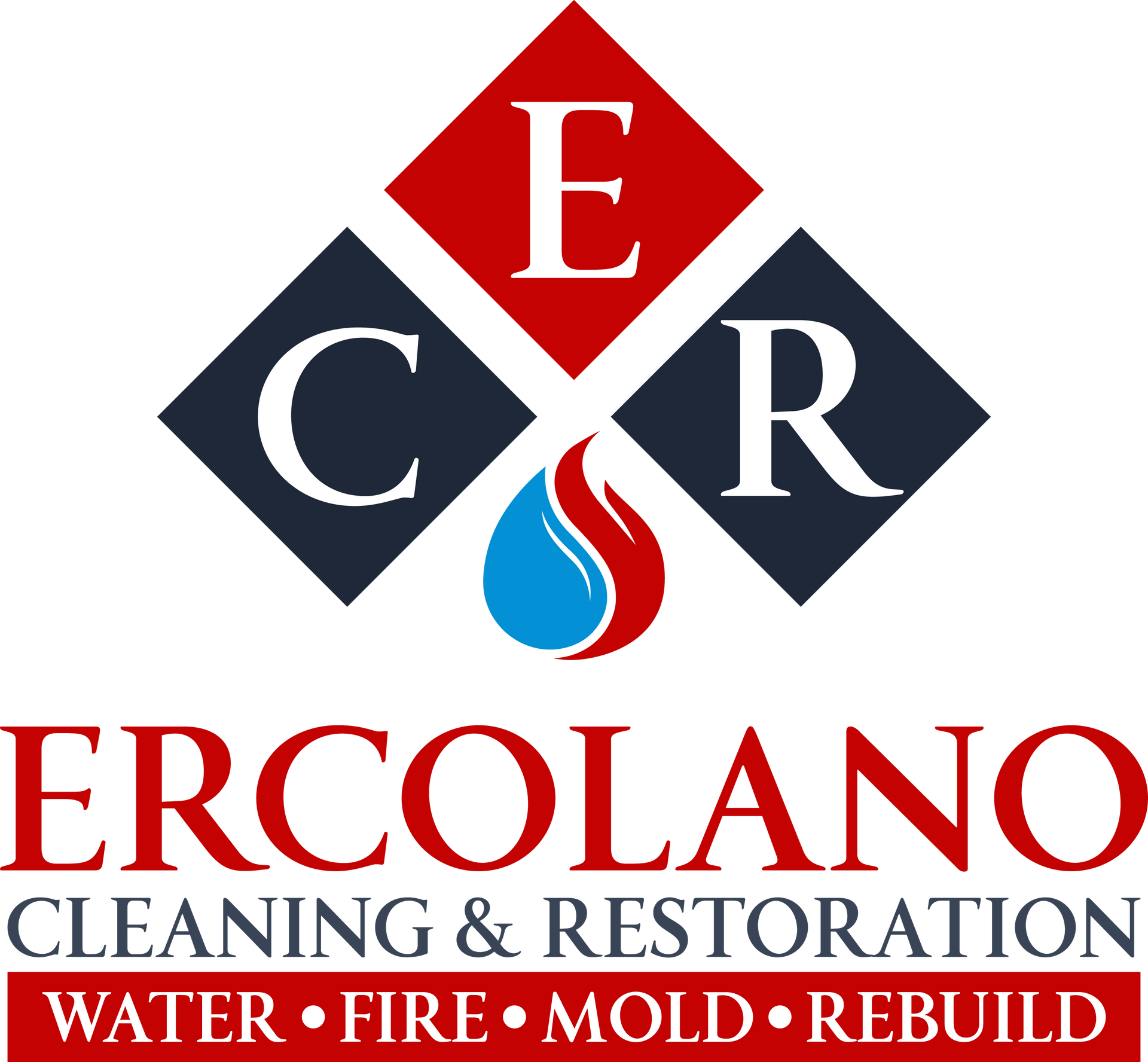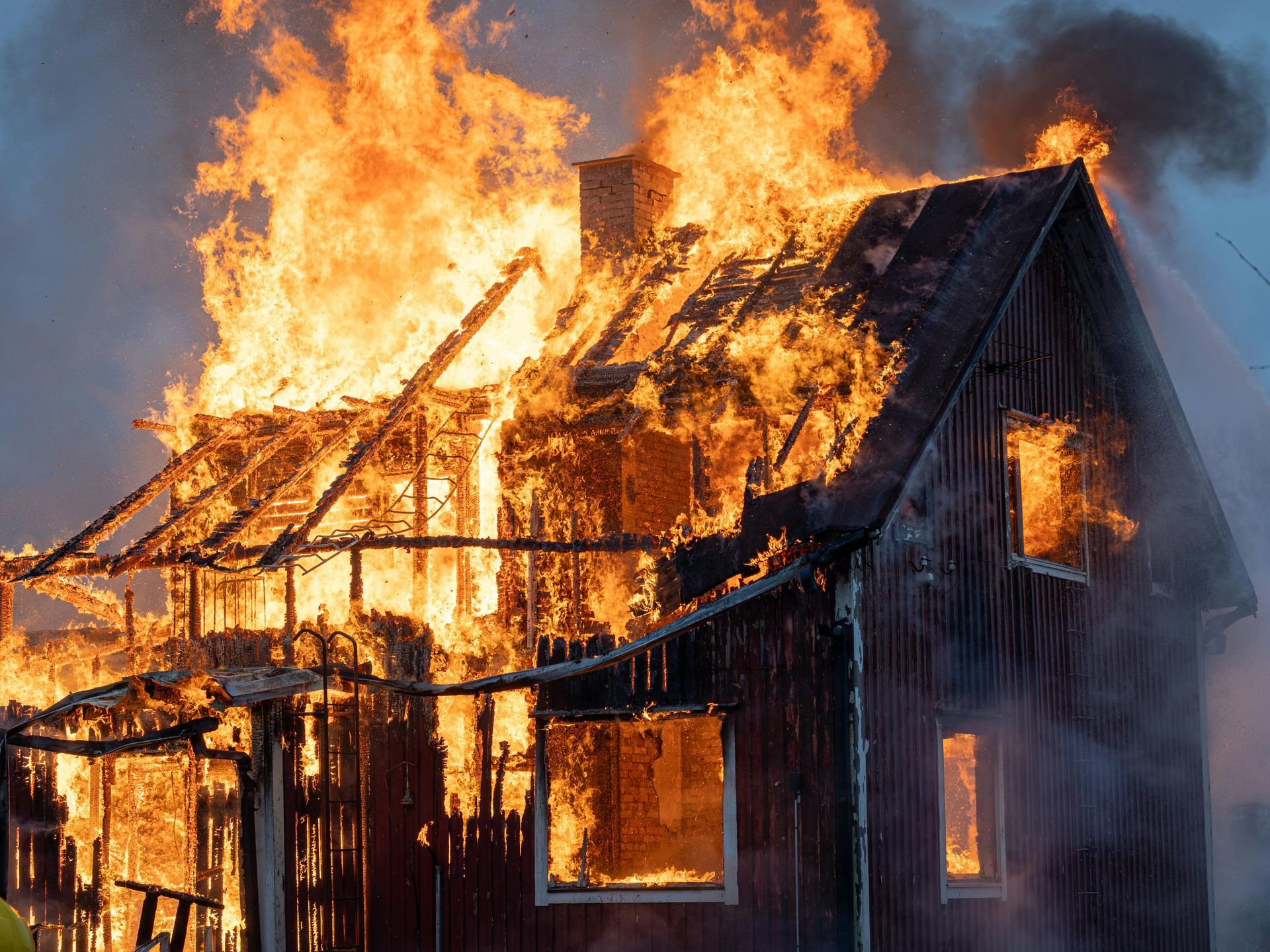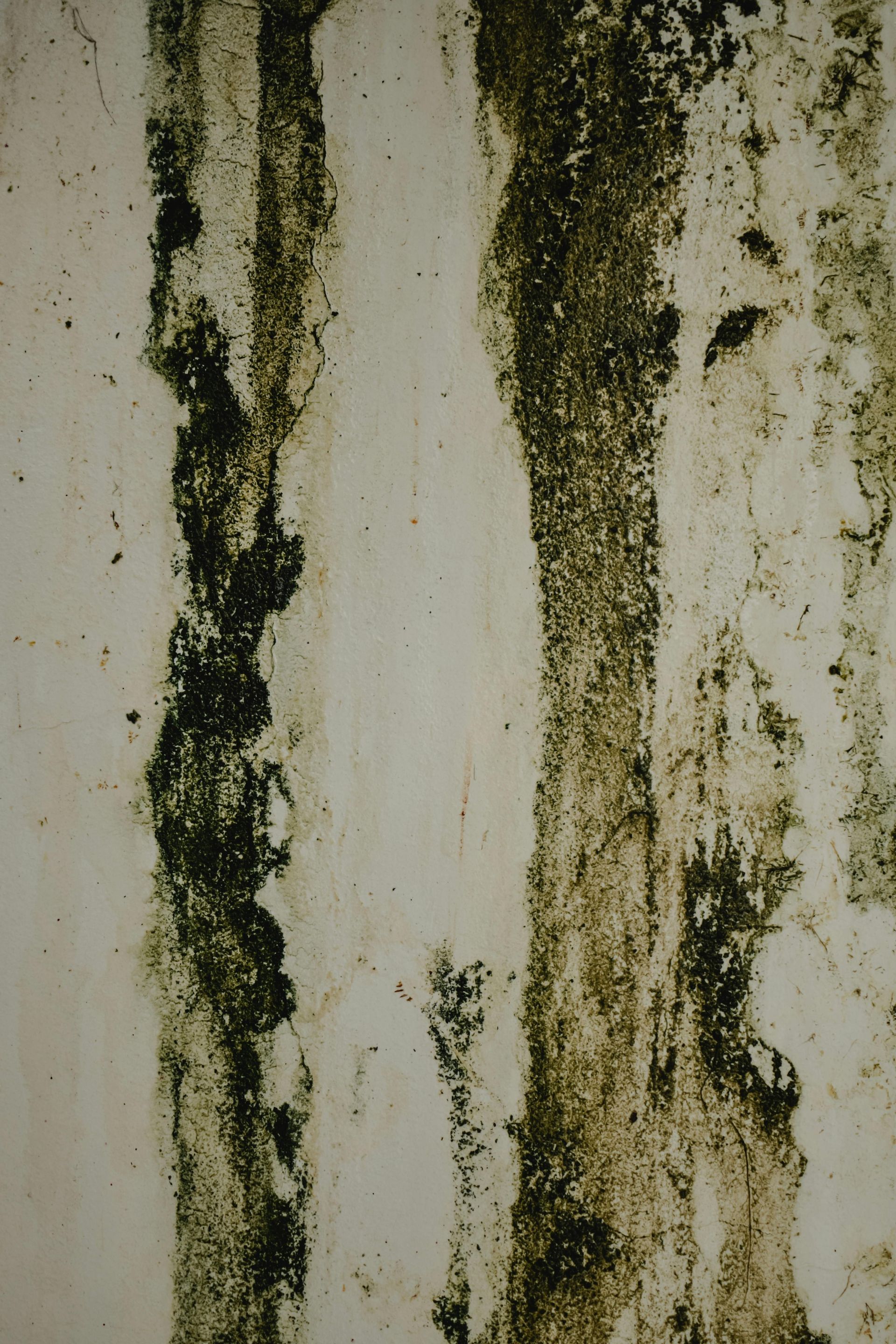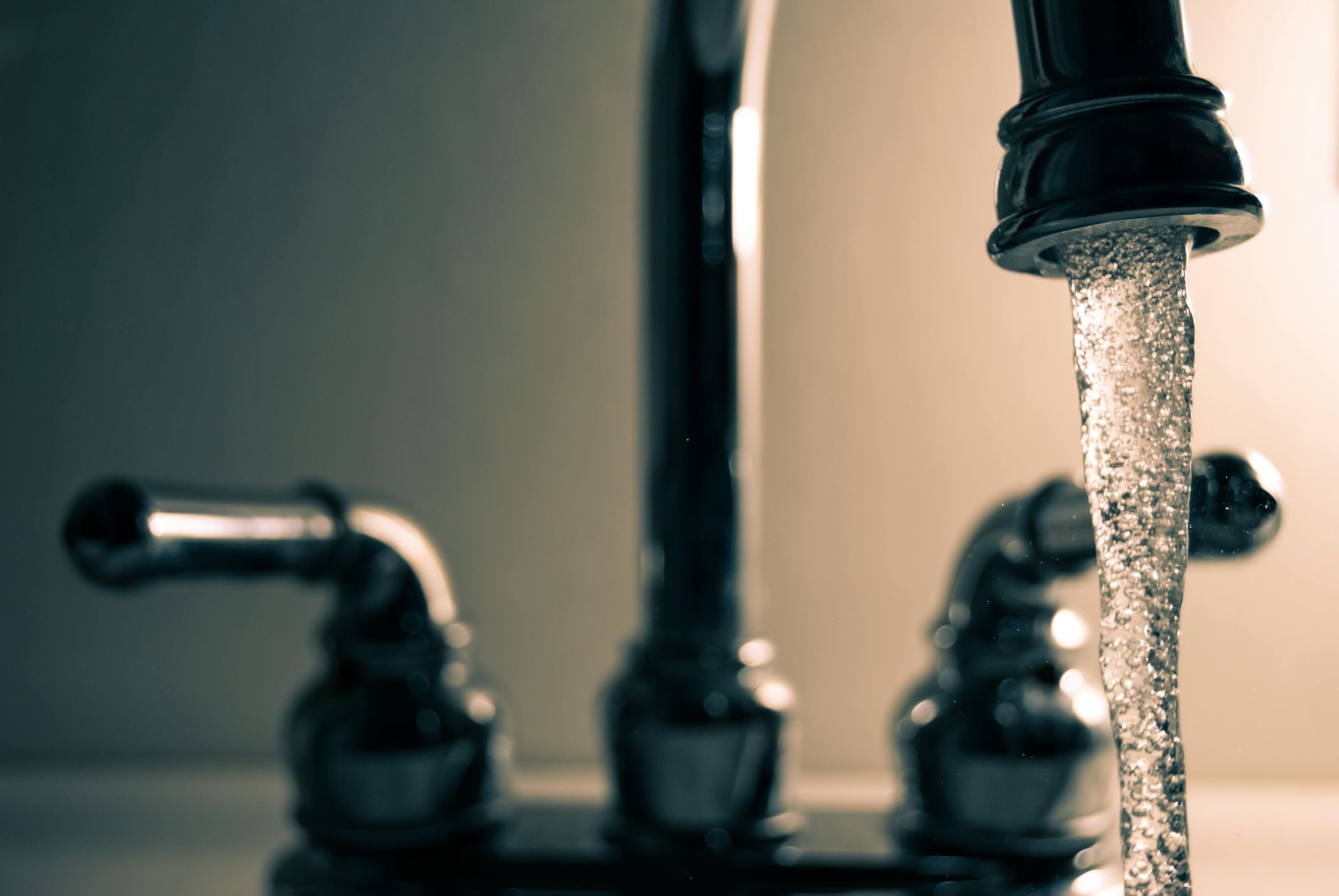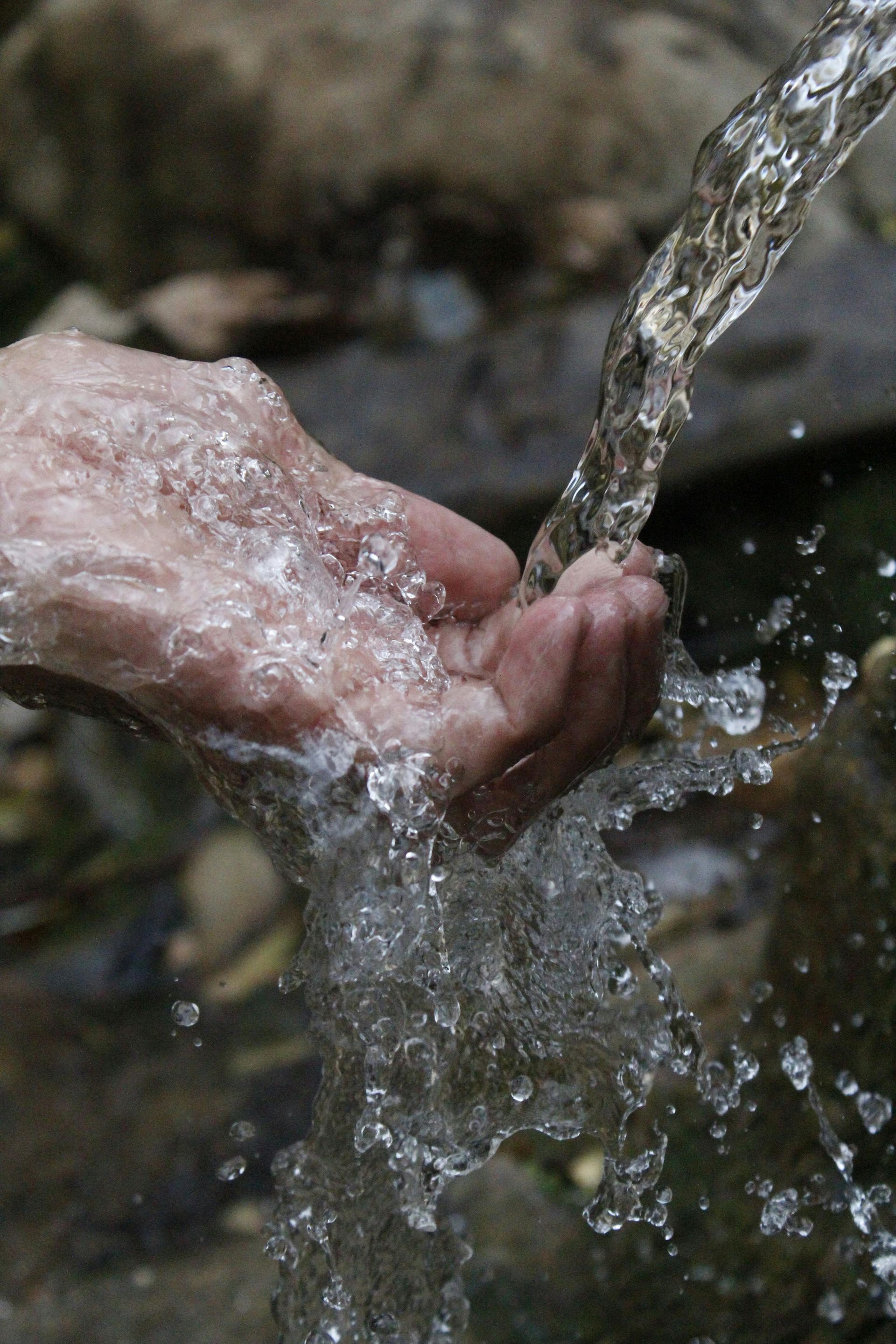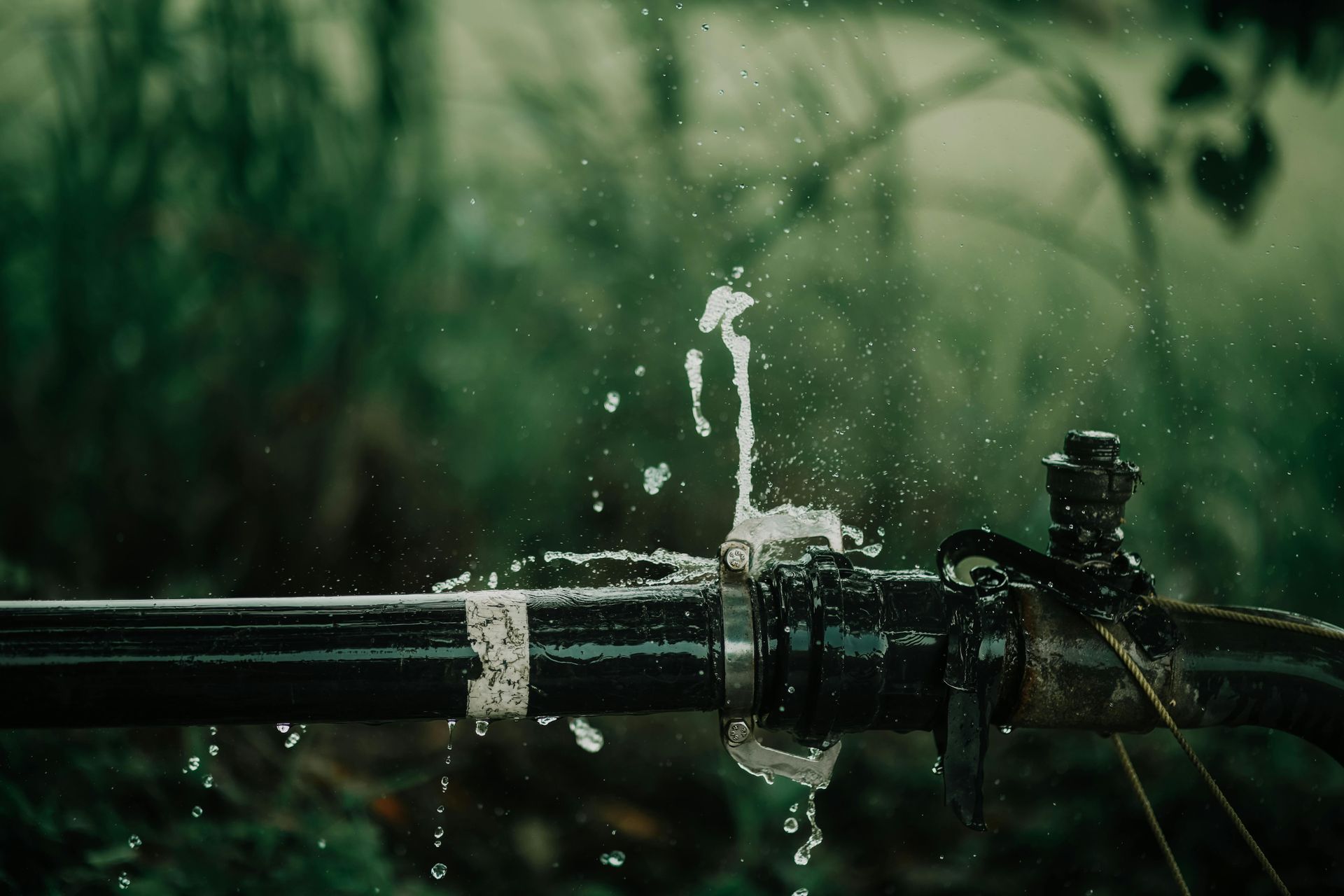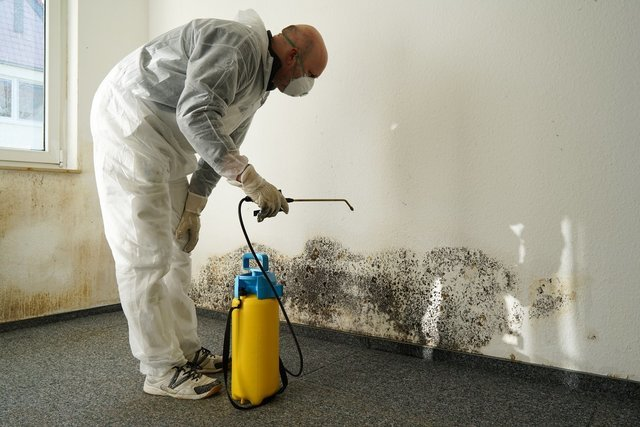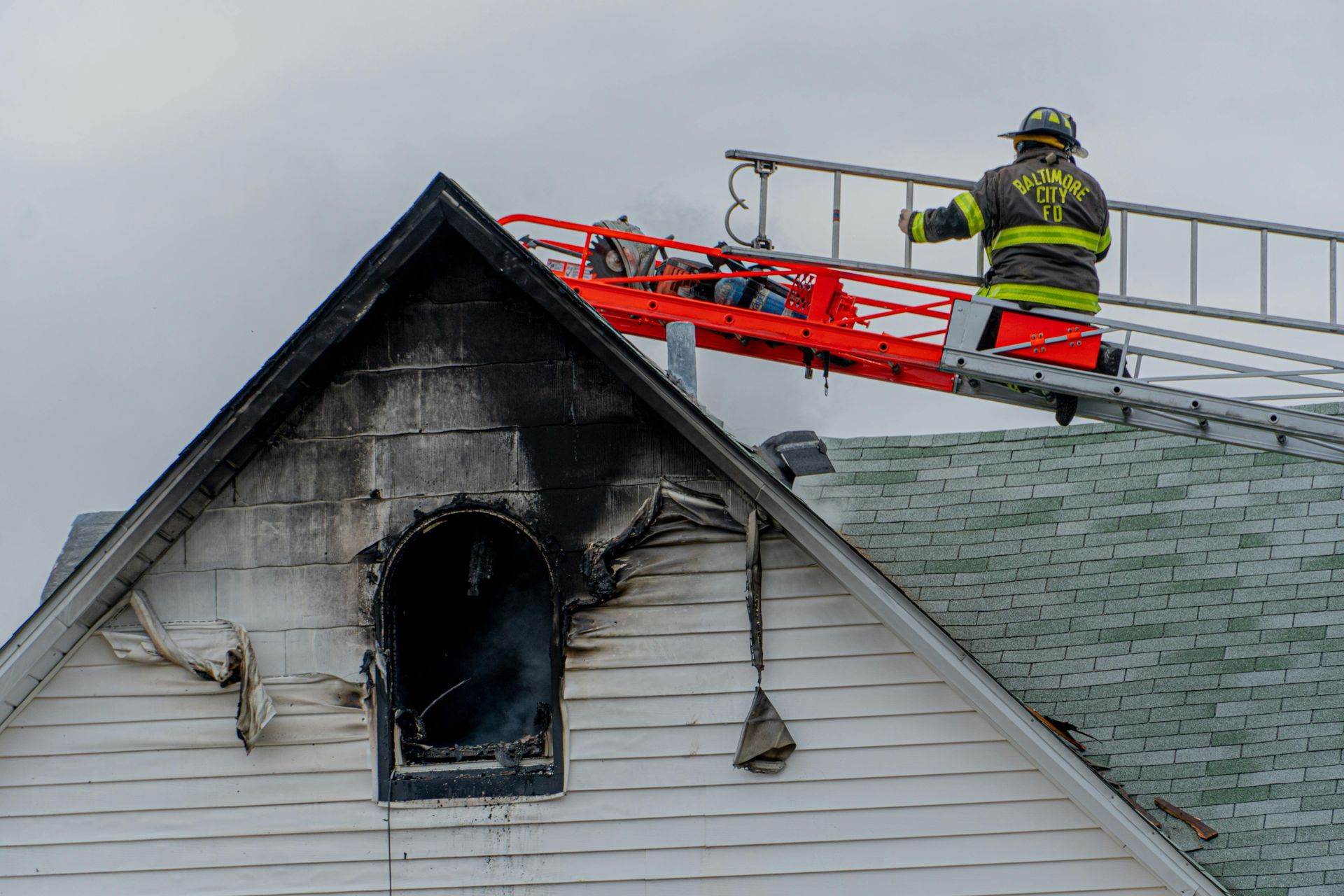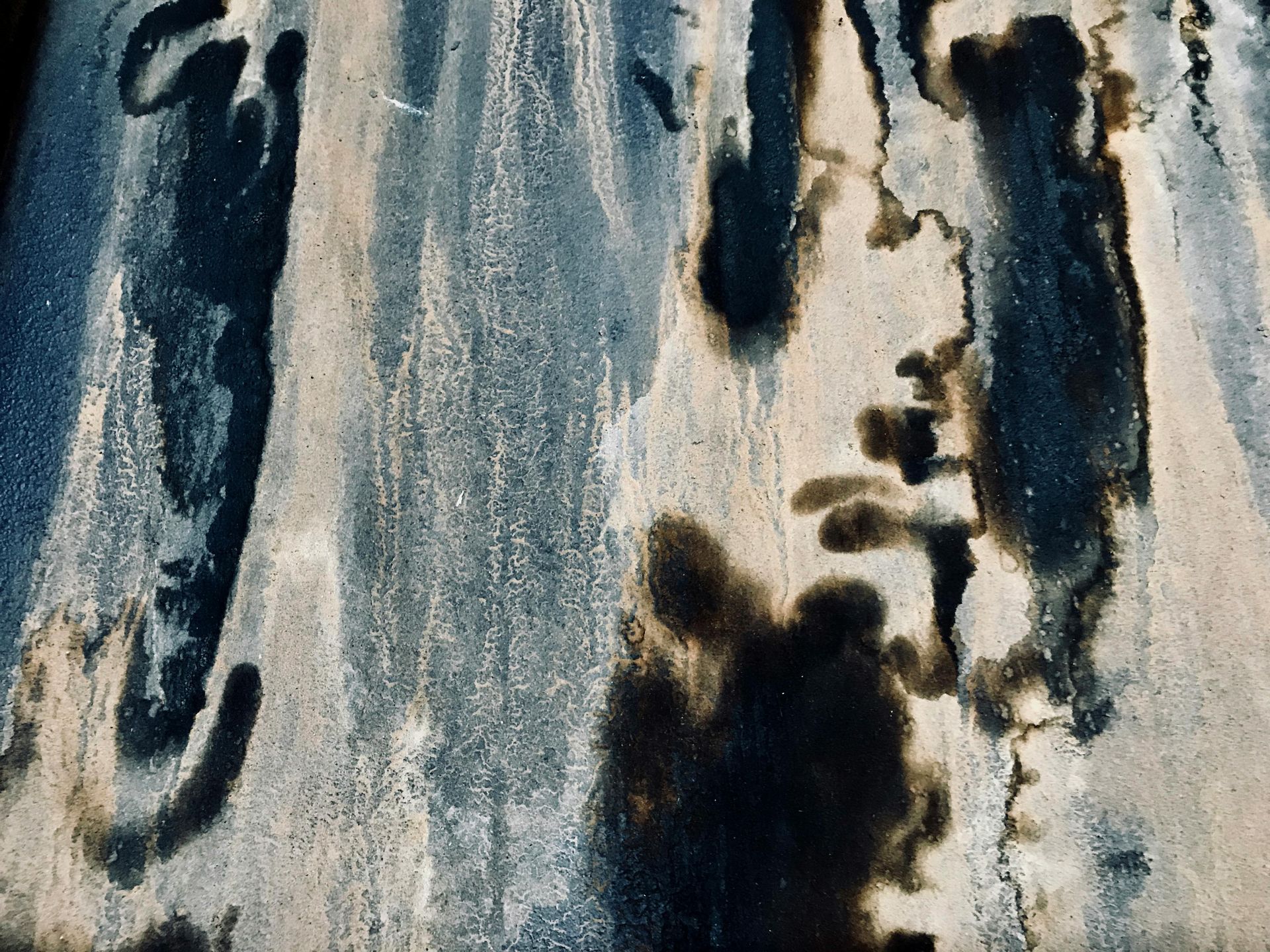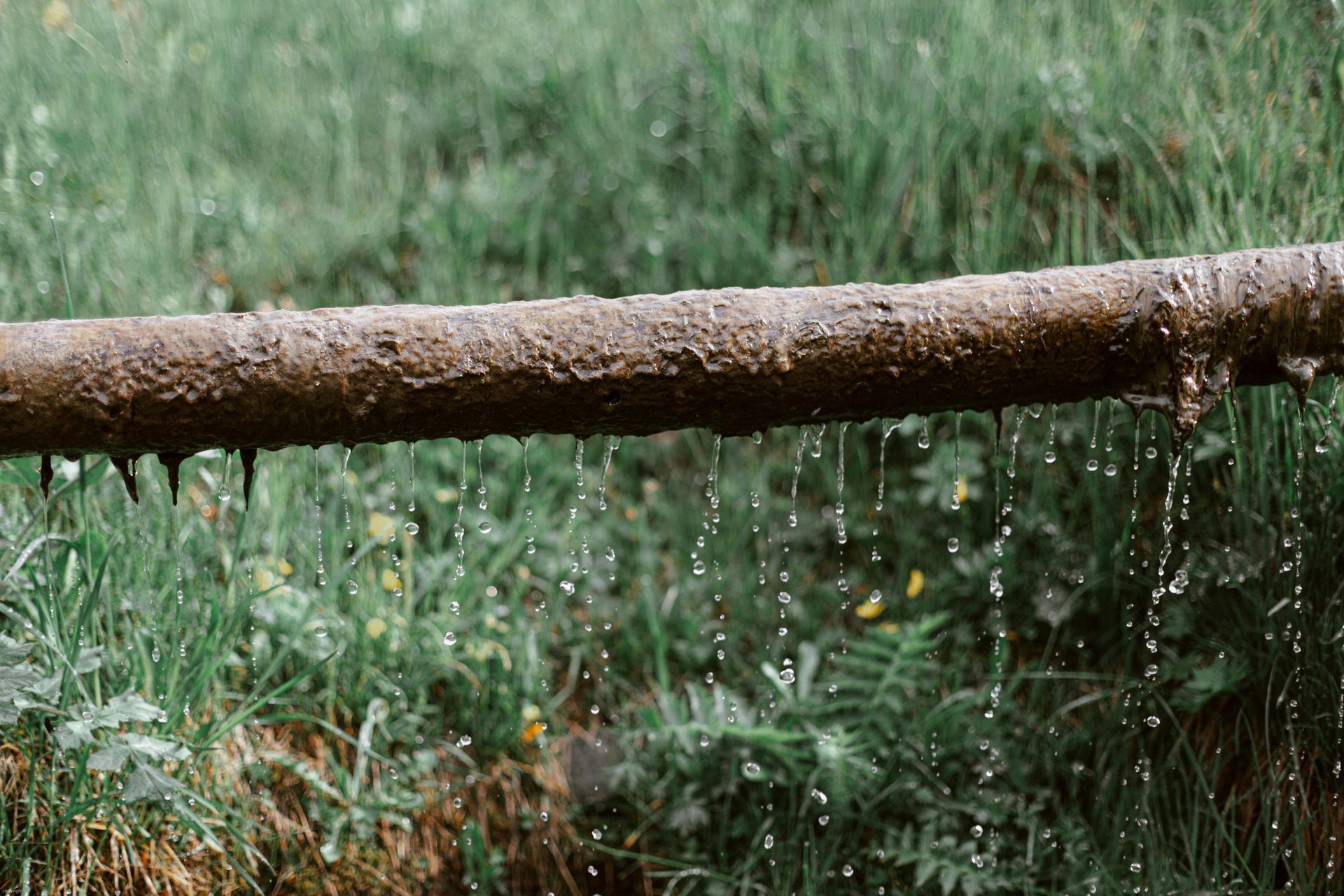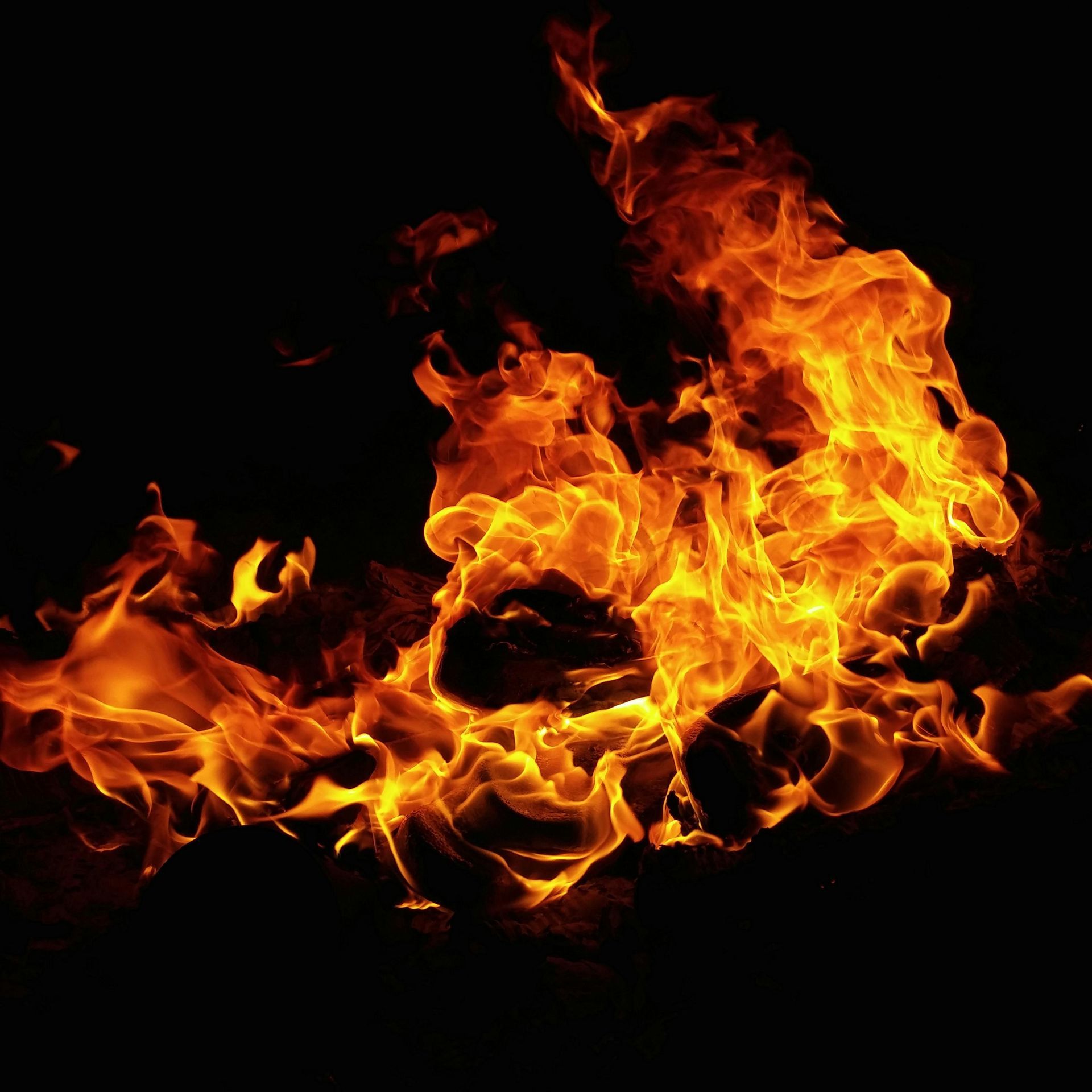How to Detect Mold Growth in Your Home
Ultimate Guide: How to Detect Mold in Your Home
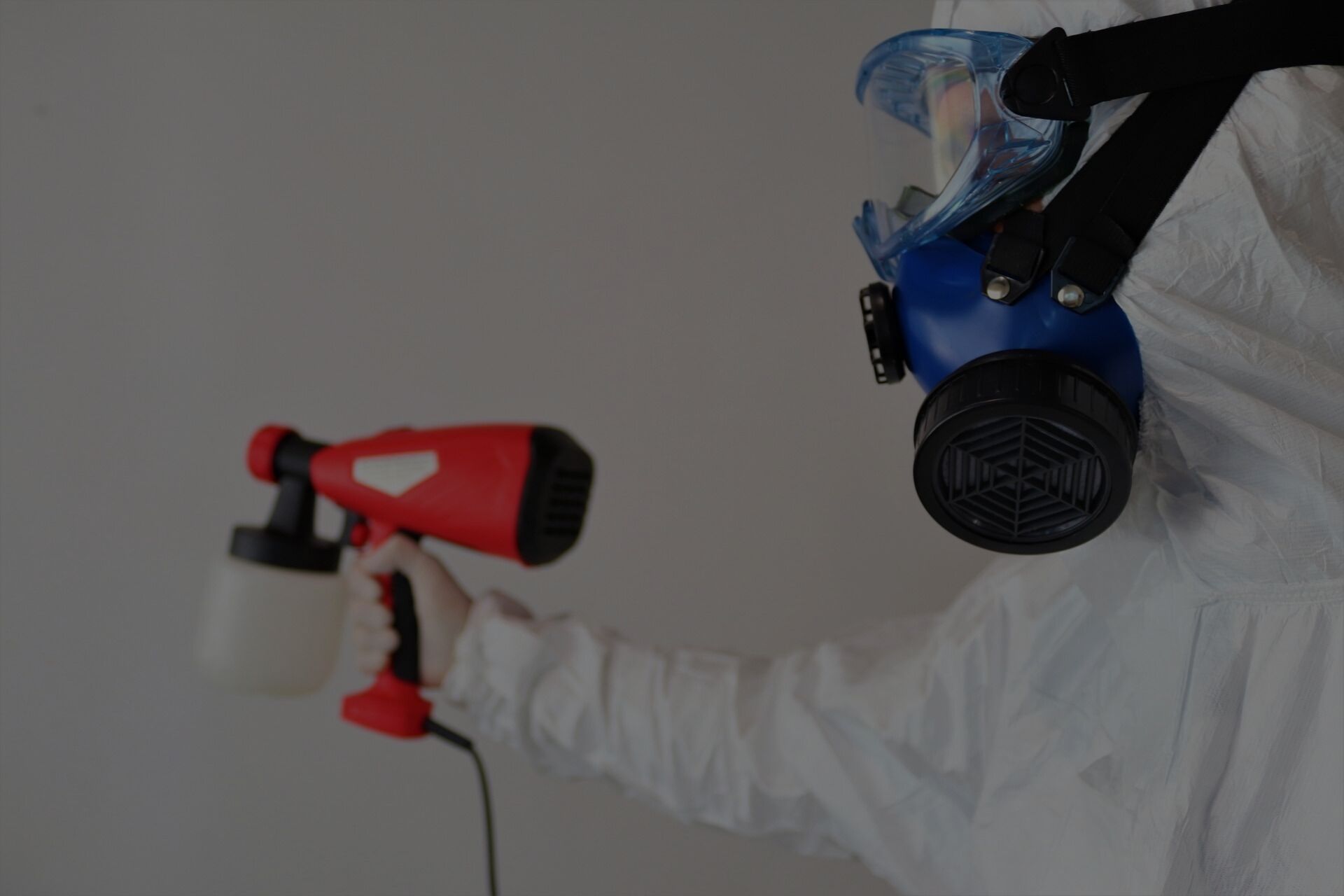
Spotting mold in your home isn't merely about keeping your living space aesthetically appealing, it's also about ensuring that you and your family dwell in a healthy environment. The silent creep of mold can pose significant health risks, from minor allergies to serious respiratory issues. Therefore, understanding how to detect mold effectively is crucial. This guide aims to empower you with the knowledge to identify mold, highlight its potential risks, and offer both DIY and professional methods of detecting mold. You'll also learn about the different types of mold, the conditions they thrive under, and their potential health risks. Furthermore, we'll touch on the importance of professional mold inspection, especially in circumstances such as post-flood or water damage scenarios. Let's dive in to ensure you can keep your home mold-free!
What is Mold?
Mold is a type of fungus that serves as nature's recycling system, breaking down dead organic material such as leaves, wood, and plants. However, when it finds its way into homes, it can become a serious problem. The most common types of household molds include Cladosporium, Penicillium, Aspergillus, and the infamous Stachybotrys Chartarum, also known as the black mold. These molds thrive in moist, dark, and poorly ventilated areas, with humidity levels above 50% being ideal for their growth. Whether it's a leaky pipe, a damp basement, or a bathroom with insufficient ventilation, these are prime conditions for mold to flourish.
Health Risks Associated with Mold
Exposure to mold spores can lead to a range of health issues, from allergic reactions like sneezing, skin rashes, and watery eyes to more severe respiratory problems such as asthma and bronchitis. Vulnerable groups like children, the elderly, and those with compromised immune systems are particularly at risk. To underline the importance of mold detection and remediation, consider the case of ongoing allergic reactions until our team identifies and remedies a hidden mold issue in the basement and other parts of the house.
Visible Signs of Mold Infestation
Typical visual signs of a mold infestation include discoloration of surfaces, a fuzzy appearance, or growths that resemble cotton, velvet, or hair. It's important to distinguish mold from mildew, which is a surface fungus that can be easily cleaned, unlike mold, which penetrates the surface. Visual aids can be helpful in identifying these signs in your home. Where to check for mold in houses? Keep an eye out for any signs of mold in your bathroom, kitchen, and basement, as these are common areas where mold can thrive.
Hidden Mold: Beyond the Visible
Mold isn't always visible - it can lurk behind walls, under carpets, and within HVAC systems. Undetected mold growth can lead to structural damage and serious health risks over time. Pervasive, musty odors are often indicative of hidden mold and should prompt immediate investigation. Furthermore, if you have experienced water damage or flooding in your home, it's essential to have a professional mold inspection to ensure that all affected areas are properly identified and remediated.
DIY Mold Detection Techniques
Homeowners can be proactive in identifying potential mold problems by using a few simple DIY detection techniques. However, it's crucial to remember that these methods don't replace a thorough professional inspection, particularly in severe or persistent cases. Here are the best ways to detect mold:
Visual Inspection
In our quest to uncover mold, the first thing we do is a thorough visual inspection. It is one of the ways to detect mold successfully. We start by focusing on common household areas that are prone to moisture build-up. These areas include the bathroom (especially shower stalls, beneath sinks, and around toilets), kitchen (under the sink, around windows, and in the refrigerator drip pan), basement, and attic. Look out for patches of black, white, green, or even pink on walls, ceilings, and other surfaces. These mold stains might be fuzzy, slimy, or even powdery. Remember to use a flashlight in poorly lit areas and use protection like gloves and a mask when necessary. If you suspect there's mold behind your walls, it might be time to call in the professionals.
Smell Test
Next, we rely on our noses for the infamous smell test. Mold has a distinct, musty, damp, and unpleasant odor that's hard to miss. Some people describe it as smelling 'earthy' or 'rotting leaves .'If you walk into a room and are hit with such an odor, there's a good chance you have a mold problem. This smell is often stronger in enclosed areas like closets, basements, and attics or behind wallpaper, paneling, and drywall. What's more? Mold can even smell before it becomes visible, so pay attention to musty smells in your home. So, don't ignore this musty odor, as ignoring it can lead to more significant mold damage and potential health risks.
Home Mold Testing Kits
Home mold testing kits can be a handy tool to confirm your suspicions. Popular ones in the market include the MyMoldDetective Mold Test Kit, the Pro-Lab Mold Test Kit, and Healthful Home 5-Minute Mold Test. They're reliable, convenient, and easy to use. However, they also have their limitations. They can't identify the exact type of mold or the extent of the infestation. Just a word of caution - while these DIY tests are helpful, they're not a replacement for professional mold inspection. Keep in mind that if you disturb mold during DIY testing, you risk spreading potentially harmful spores around your home. Always make safety your priority, and don't hesitate to call in the pros when in doubt.
Professional Mold Inspection
Professional mold inspection is critical for thorough and effective mold detection and remediation. As experts in the field, we at Ercolano Cleaning & Restoration use advanced tools and techniques to identify and tackle mold problems. Our arsenal includes moisture meters, hygrometers, infrared cameras, and other state-of-the-art equipment that allows us to locate mold, even in the most hidden areas. The professional's approach is comprehensive, ensuring that no stone is left unturned.
When selecting a mold inspection company, look for credentials, experience, and positive customer reviews. Never hesitate to ask questions about their process and what to expect. Remember, good communication is key to excellent service.
Periodic mold inspections are crucial, especially after incidents of water damage or flooding. Water intrusion can create an ideal environment for mold growth, often hidden from sight. Regular inspections, done by professionals, ensure that any mold is promptly addressed, protecting both your health and your home's structural integrity.
Let's face it: mold is sneaky. But with professional help, you can stay one step ahead. Trust us, your lungs (and your structural integrity) will thank you.
Prevention: Keeping Mold at Bay
Regular maintenance and proper ventilation are key to keeping your home mold-free. Dry, well-ventilated homes do not provide the damp, dark conditions mold needs to thrive. Here are some best practices to prevent mold growth:
Controlling Humidity Levels
The first step to combating mold begins with maintaining optimal humidity levels in your home. High humidity creates an ideal breeding ground for mold spores, so it's crucial to strike the right balance. The Environmental Protection Agency recommends keeping indoor humidity between 30% and 60%. But how do we achieve this? Simple daily practices can make a significant difference. For starters, ensure you're venting moisture-generating appliances, like dryers, to the outside. When cooking or showering, use exhaust fans to disperse steam. During hot, humid weather, use air conditioners to cool and dehumidify your home. Consider investing in a good-quality dehumidifier, especially for damp areas like the basement. Monitor humidity levels with a hygrometer – an inexpensive tool that can prevent expensive problems down the line. Remember, control moisture to control mold.
Proper Ventilation
Why proper ventilation is essential? Ventilation is another crucial player in the quest against mold. Proper ventilation allows our homes to breathe, helping to remove stale air and reduce moisture levels. Start by ensuring your home has adequate exhaust fans in high-moisture areas like the kitchen, bathroom, and laundry room. Cross ventilation, or opening windows across from each other, is a simple and effective way to increase airflow. Pay attention to small, enclosed spaces like closets and pantries - these can benefit from louvered doors or vents. Also, consider installing energy-efficient ventilators to continuously circulate and filter air throughout your home. Remember, the key to banishing mold is keeping the air in your home fresh and dry.
Regular Home Maintenance
Regular home maintenance is a proactive measure that can save you significant time, money, and stress down the line. Inspect your home regularly for signs of water damage - leaks in the roof, seepage in the basement, or plumbing leaks. Keep gutters and downspouts clean to ensure proper water drainage. Pay attention to the state of your windows and doors - caulking and weatherstripping not only improve energy efficiency but also prevent moisture intrusion. Invest in products like moisture absorbers for small, enclosed spaces and water alarms for areas prone to leaks. Consider using mold-resistant products like paints and building materials, particularly in high-moisture areas. Don't forget to look for signs of existing mold - discoloration, a musty smell, or allergy symptoms can all indicate a mold problem. When in doubt, call in the professionals. With regular checks and maintenance, you can ensure your home remains a healthy, mold-free space.
Mold-Free Living is a Click Away. Reach Out Now!
In our journey through the world of mold, we've shed light on home testing kits, the importance of professional inspections, and key prevention strategies like controlling humidity, ensuring proper ventilation, and regular home maintenance. Let's face it: mold can be a daunting adversary. But with the right knowledge and help at your disposal, you can maintain a healthy, mold-free home.
At Ercolano Cleaning & Restoration, we're committed to providing top-notch services to combat and prevent mold infestations. Our team, armed with industry-specific expertise and state-of-the-art equipment, will ensure that every nook and cranny of your home is checked and treated as necessary. Your safety and satisfaction are our top priority.
Remember, occasional mold inspections, particularly after water damage or flooding, are crucial to keeping mold at bay. And when it comes to mold, it's better to be proactive rather than reactive.
So, don't wait for the mold to make the first move. Contact us today, and let's work together to ensure your home remains as it should be - a safe, comfortable, and mold-free haven. Remember, mold-free living is just a click away. Reach out now!
